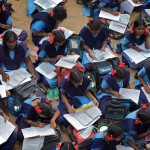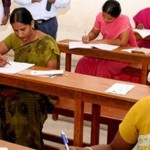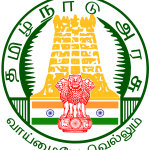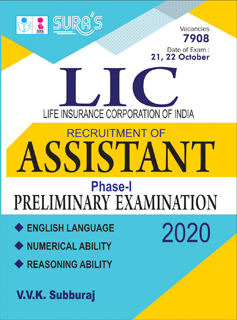
- First amendment to the fundamental rights for social reservation policies to the state was brought by
A) V.V. Subramaniya Iyear
B) Pandit Jawaharlal Nehru
C) Mahatma Gandhi
D) Dr. Muthulakshmi
Explanation : Ans : (B)
First Amendment Act 1951 : This act Empowered the state to make special provisions for the advancement of socially and economically backward classes.
It was brought by Pandit Jawaharlal Nehru, the then Prime Minister of India. - Tansen lived in the court of
A) Babar B) Akbar
C) Sher Shah D) Jahangir
Explanation : Ans : (B)
Tansen was a great musician who adorned Akbar’s Court.
Tansen was a prominent figure of Hindustani classical music.
Akbar considered him as a Navaratnas (nine jewels), and gave him the title Mian (meaning learned man).
Tansen is remembered for his epic Dhrupad compositions, creating several new ragas, as well as for writing two classic books on music Sri Ganesh Stotra and Sangita Sara. - The Panchayat Raj was Inaugurated by
A) Pandit Jawaharlal Nehru
B) Rajaji
C) Gandhiji
D) Subash Chandra Bose
Explanation : Ans : (A)
The term Panchayati Raj in India signifies the system of rural local self government. It has been established in all the states of India by the Acts of the state legislatures to build democracy at the grass root level. It is entrusted with rural development. It was constitutionalised through the 73rd Constitutional Amendment Act of 1992, when P.V. Narasimha Rao was the Prime minister of India.
Rajasthan was the first state to establish Panchayati Raj. The scheme was inaugurated by the Prime Minister Pandit Jawaharlal Nehru on October 2, 1959, in Nagaur district. Rajasthan was followed by Andhra Pradesh, which also adopted the system in 1959. Thereafter, most of the states adopted the system.
4. Which is not correct statement ?
Gender Related Development Index (GDI) adjusts the Human Development Index (HDI) to reflect measures of inequalities between men and women.
A) Female status in the society
B) Female per capita income
C) Female life expectancy
D) Female adult literacy
Explanation : Ans : (A)
The Gender Related Development Index (GDI) is an index designed to measure gender equality.
GDI together with the Gender Empowerment Measure (GEM) were introduced in 1995 in the Human Development Report written by the United Nations Development Program(UNDP). The aim of these measurements was to add a gender-sensitive dimension to the Human Development Index (HDI).
The GDI is defined as a “distribution-sensitive measure that accounts for the human development impact of existing gender gaps in the three components of the HDI”.It addresses gender-gaps in life expectancy, education, and incomes.
According to Gender Development Index 2017 report.
India :
Rank – 149
Index value – 0.841
Top 3 countries
1. Qatar – 1.031
2. Latvia – 1.030
3. Lithuania – 1.026
Bottom 3 countries
1. Yemen – 0.425 (in 164th place)
2. Afghanistan – 0.625 (in 163rd place)
3. Pakistan – 0.750 (in 162nd place)
5.Central Leather Research Institute is located in ………..
A) Karaikudi B) Vellore
C) Mysore D) Chennai
Explanation : Ans : (D)
Central Leather Research Institute :
CLRI is the world’s largest leather research institute in terms of research papers and patents. The institute located in Chennai, Tamilnadu was founded on 24 April 1948 as a constituent laboratory under the Council of Scientific and Industrial Research.
The objective of the institute was to deal with all aspects of the leather industry. It carries out research and development in areas such as adapted preservation methods for new hides and skins, improvement of existing leather with respect to shrink age and colour fastness, tanning and finishing techniques, control of environmental pollution, and product design and development of garments, shoes and other articles.
The institute also offers technical assistance through training courses on design development, sample making and fabrication, consultancy, preparation of feasibility reports, quality control, among various other activities.






